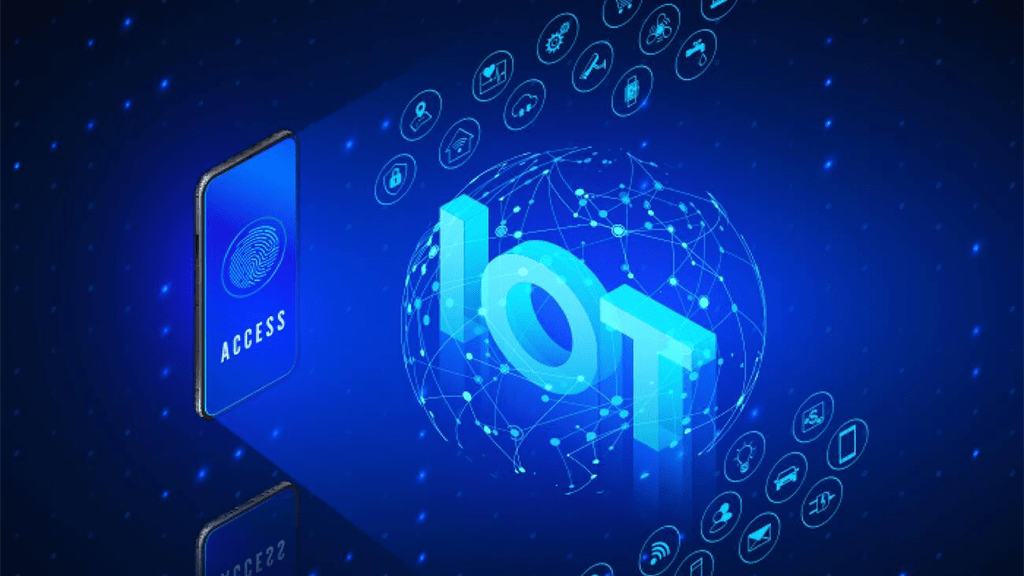

The bets are high when it comes to health care, that is why IoT security for healthcare is important. IoT devices are becoming fast prevalent in healthcare. From wearable equipments to medical implants, these devices have the possibility to revolutionize patient care. However, they also present new security threats.
Medical devices are created with comfort and functionality in mind rather than security, making them effortless targets for attackers. If an attacker gains entry to a device, they could potentially exploit it to pilfer sensitive data or disrupt critical processes.
The Internet of Things (IoT) has also evolved a powerful tool for individuals and companies to leverage. By connecting machines to a network, they can be used to generate vast volumes of crucial information that help in business models and effective process governance.
In healthcare establishments, IoT devices are just like regular networked machines, and these devices must be kept safe as part of cyber security procedures in the industry. However, healthcare organizations have some powerful options available to secure their attack veneer in this modern age.
Sepio, for instance, has developed a solution for healthcare IoT security. Their solution scans IoT devices in real-time to give healthcare structures complete asset visibility.
Healthcare enterprise Uses of IoT Technology
Improvements in healthcare IoT devices are being made rapidly, with healthcare organizations taking full advantage of the improvements they offer.
Handheld Smart Equipment
These devices are generally utilized to give caregivers immediate entry to accurate patient history and up-to-date diagnostic and confidential information. This is likely one of the healthcare industry’s most practical and widely utilized IoT gadgets.
Some organizations even pair these handheld machines with other technologies like smart pens. Asunder from the capacity to be employed for writing, these pens can register pen strokes and transmit data to servers in real time.
Monitoring Devices
A big part of any healthcare institution’s data collection comes from real-time monitoring of patient entrails. For this purpose, monitors can be used that can remotely connect to nurses’ or care providers’ stations or even their own mobile gadgets. It provides significantly expanded versatility as a patient can now be mobile in the entire ward or the whole hospital.
Remotely Managed Medical Pumps
These types of pumps make up the majority of IoT devices in usage. From general usage infusion pumps to insulin pumps for diabetic patients, medical pumps guarantee that patients receive closely regulated amounts of fluids such as blood, medication, and insulin.
Nevertheless, the bad news is that according to a current study, 75% of tested smart Infusion Pumps were found weak to remote invasions.
Medical IoT pumps permit caregivers to monitor patients recovering from residence, providing quality of life to those who otherwise would have been limited to hospitals. Typically, these devices need to serve to security standards prescribed by the NIST.
These are just some of the multiple devices in use by the healthcare enterprise today.
How has IoT Converted the Healthcare Industry?
From the checklist above it should be clear that not only have IoT devices in healthcare enhanced the mobility of patients, but it has also had a substantial impact on the available medical team.
IoT devices have enhanced the care given by healthcare organizations too. By providing timely and accurate diagnostic data to caregivers, medical decisions can be made in time to save lives, enhancing the quality of care for many people.
Healthcare IoT and Certain Target
Glancing back at the devices we covered, we should also mention that these machines are amongst the most attacked by threat actors. Achieving access to personally identifiable patient information, along with a reasonable possibility of seizing financial information too, can be a considerable payload to threat actors.
Ransomware attacks are one of the most typical cyber security attacks desired on Medical IoT devices. Healthcare institutions typically need to cooperate since these threat actors can endanger their patients’ lives.
In some cases, IoT devices may even be used to launch attacks on other systems. For example, the WannaCry ransomware attack on England’s NHS manipulated a flaw in Windows XP that the NSA had earlier identified. The attack impacted hospitals worldwide, causing appointment revocations and disrupting patient supervision.
Although the trend is reversing, most healthcare institutions don’t necessarily care whether machines are HIPAA-compliant or adequately encrypted. Threat actors efficiently target these healthcare IoT gadgets.
Why is IoT Security so Important in the Healthcare Industry?
An insufficient cyber security system could mean the contrast between life and death for a patient if it is not in position. By ignoring the remediation of vulnerabilities in healthcare IoT devices, vast magnitudes of personal patient information could leak during a breach. They devastatingly impact patients and the organizations they trust with their data and maintenance.
Deduction
The sad truth is that the healthcare industry will remain a high-level target for menace actors and that healthcare institutions need to guarantee that they do everything they can to keep IoT devices safe from violations. They are making IoT security crucial to this initiative.